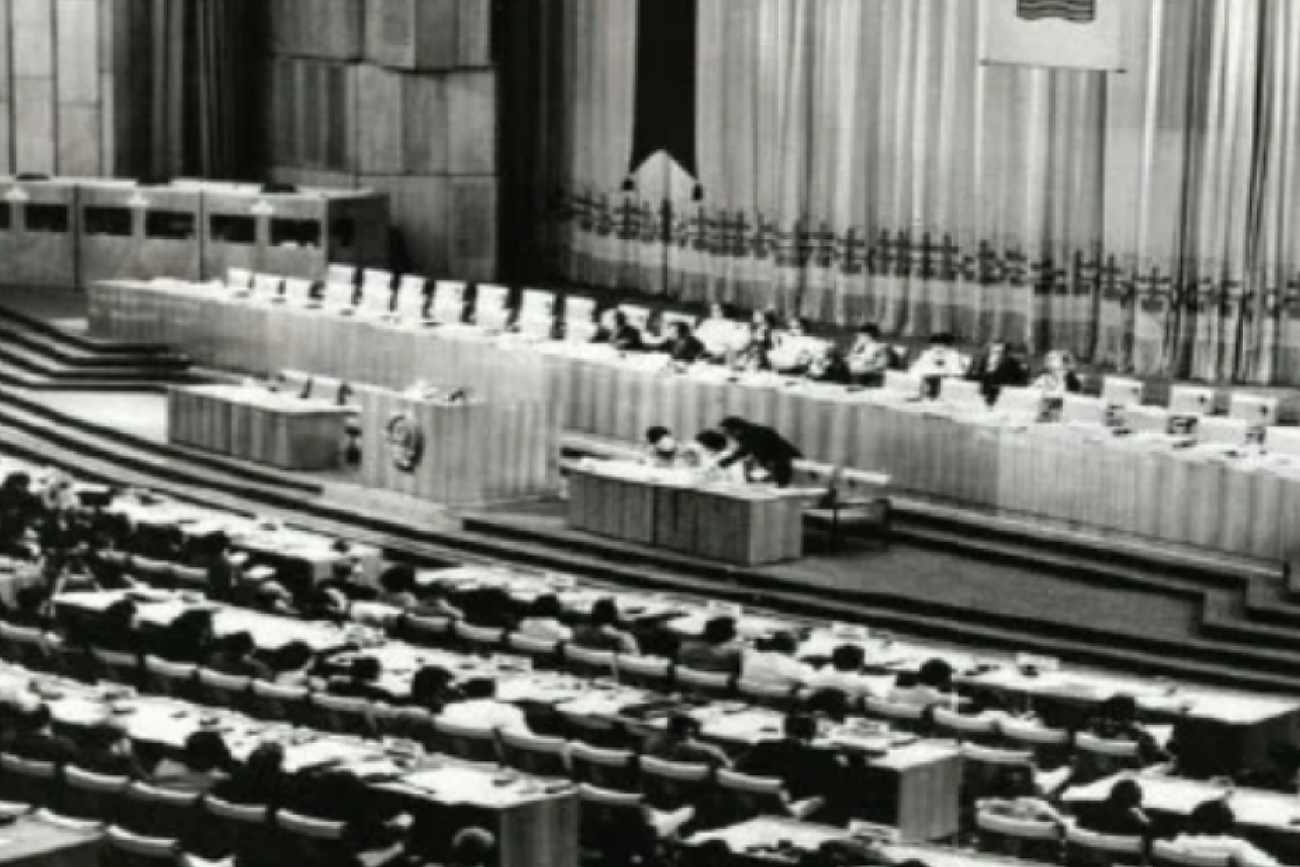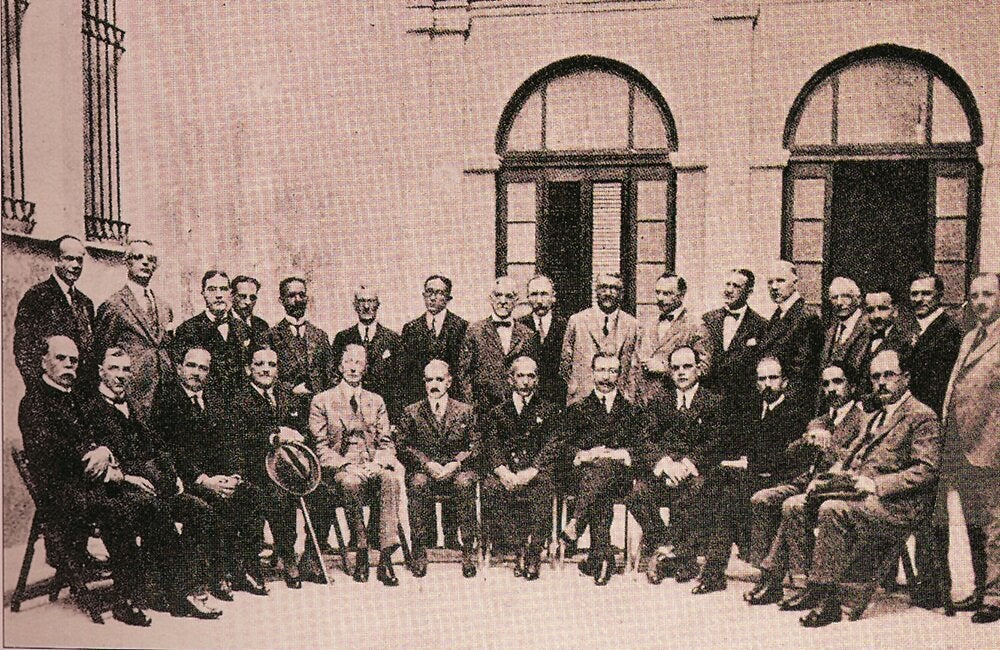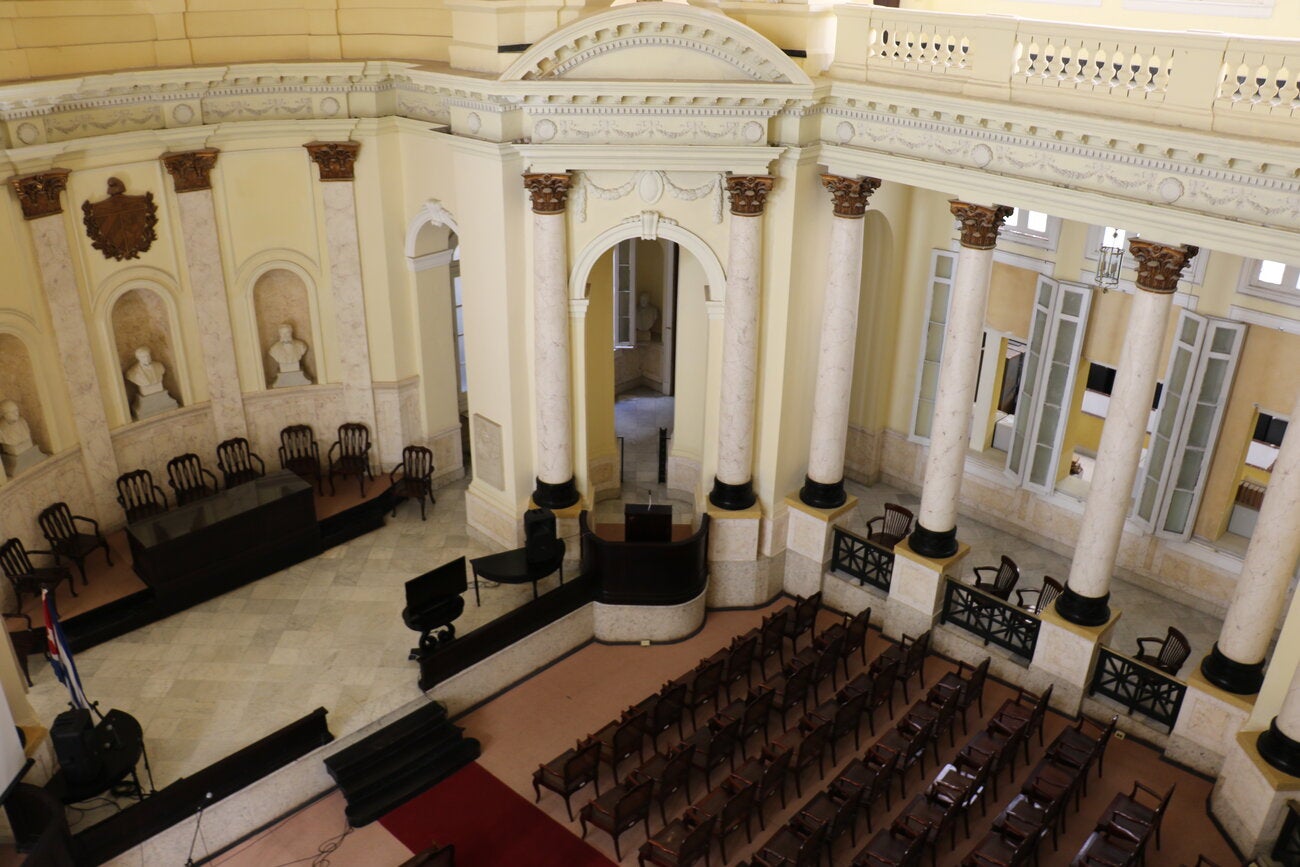PAHO celebrates 100-year anniversary of the Pan American Sanitary Code
The Pan American Sanitary Code, signed ad referendum by 18 countries of the Americas on 14 November 1924 in Cuba, represents a remarkable milestone in public health. It was the first multilateral treaty of its kind, committing the Region of the Americas to cooperative efforts in preventing the international spread of communicable diseases and to notify of the appearance in its territories of suspected cases of any dangerous contagion liable to be spread.
The 18 countries that signed the Code in 1924 were: Argentina, Brazil, Chile, Colombia, Costa Rica, Cuba, Dominican Republic, Guatemala, Haiti, Honduras, México, El Salvador, Panama, Paraguay, Peru, United States of America, Uruguay and Venezuela.
The Code remains in force today and is one of the greatest achievements in health policy, as it laid the foundation for a unified approach in the region to protect and promote the health and well-being of its populations. It continues to underpin the work of the Pan American Health Organization (PAHO) and its Member States and highlights the scope and importance of health cooperation and the values of Pan-Americanism.
Read more about the Code and the history of PAHO
The Code, ratified by all countries in the Region of the Americas, established responsibilities for countries to report diseases among themselves and to the Pan American Sanitary Bureau (PAHO Secretariat). It promoted standardization of the collection of morbidity and mortality data, mutual interchange of information for improving the public health, and on the prevention and control measures for combating diseases, recognizing the importance of health cooperation for international trade development.
The Code also inspired the creation of other global health cooperation frameworks, including the first International Health Regulations (IHR) that entered into force in 1951.
- Ratification of the Pan American Sanitary Code (in Spanish) – 1926 (Ratification by Costa Rica, Cuba, Chile, Honduras, Nicaragua, Peru, United States of America)
- Haiti ratifies the Pan American Sanitary Code (in Spanish) – 1927
- Approval of the Pan American Sanitary Code by Brazil (in Portuguese) – 1929
Other resolutions and articles about the Code and the history of PAHO:
The Pan American Sanitary Code: Toward a Hemispheric Health Policy
Pro Salute Novi Mundi: A History of the Pan American Health Organization
The first fifty years of the Pan American Sanitary Bureau (Spanish)
On 14 November 2024, the Pan American Health Organization (PAHO) Director, Dr. Jarbas Barbosa, today convened Ministers of Health and other high-level health authorities for a panel discussion to celebrate the 100th anniversary of the Pan American Sanitary Code. During the opening of the celebration, Dr. Barbosa noted that “today, a century later, 20 articles of the Pan American Sanitary Code remain in force,” establishing the fundamental duties of PAHO as a regional public health agency. The recent challenges of the COVID-19 pandemic “have shown us that, a hundred years later, the principles of Pan Americanism and solidarity, established in the Pan American Sanitary Code, remain valid and necessary,” the PAHO Director added.
View Event Agenda and Panelists +
Opening Remarks
Dr. Jarbas Barbosa da Silva Jr.,
Director, PAHO
Genesis and evolution of the Pan American Sanitary Code
Sir George Alleyne
Director Emeritus, PAHO
Dr Mirta Roses
Director Emeritus, PAHO
Video - Pan American Sanitary Code: a century protecting health in the Americas
Panel: A Century of the Pan American Sanitary Code in the Americas
Moderator
Dr. Ciro Ugarte
Director, Health Emergencies, PAHO
Health systems in the context of the Pan American Sanitary Code
Dr. Ximena Aguilera
Minister of Health
Chile
Health surveillance and the Pan-American Sanitary Code: A century of collaboration towards global health security
Dr. Kayla Laserson
Director, Global Health Center
Centers for Disease Control and Prevention (CDC)
United States of America
Scientific research and innovation for the prevention, control and elimination of infectious diseases
Dr. Vivian Kourí Cardella
Director, Pedro Kouri Institute
Cuba
Advancing collaboration to prevent and control health emergencies in the Region of the Americas
Dr. Nisia Trindade
Minister of Health
Brasil
Aviation codes through time: tracing their roots and evolution including the Pan American Sanitary Code
Mr. Juan Carlos Salazar
Secretary General
International Civil Aviation Organization
A century of immunization under the Pan American Sanitary Code: triumphs, setbacks, and the road ahead
Dr. Peter Figeroa
Professor Public Health, Epidemiology & HIV/AIDS, University of West Indies
Jamaica
Closing remarks
Dr. Jarbas Barbosa da Silva Jr.,
Director, PAHO
Photo Gallery
The code was signed at the assembly hall of the former Academy of Medical, Physical, and Natural Sciences (now the Carlos J. Finlay Museum of Science History), in Cuba. The images showcase the hall on the day the Pan American Sanitary Code was signed, featuring the authors of the Code, as well as recent photos of the auditorium.
The history of PAHO is replete with men and women of vision, determination, knowledge, and dedication. Over the generations, they have formed a pageant of mostly nameless movers and shakers that have blazed a trail of progress toward health for all. Yet, in the end, it is the institution, the Pan American Health Organization—a coalition of countries— maintaining a united front against disease and improving health care throughout the Americas.




